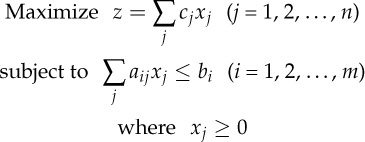Thomas W. Miller [Thomas W. Miller] - Sports Analytics and Data Science: Winning the Game with Methods and Models
Here you can read online Thomas W. Miller [Thomas W. Miller] - Sports Analytics and Data Science: Winning the Game with Methods and Models full text of the book (entire story) in english for free. Download pdf and epub, get meaning, cover and reviews about this ebook. year: 2015, publisher: PH Professional Business, genre: Home and family. Description of the work, (preface) as well as reviews are available. Best literature library LitArk.com created for fans of good reading and offers a wide selection of genres:
Romance novel
Science fiction
Adventure
Detective
Science
History
Home and family
Prose
Art
Politics
Computer
Non-fiction
Religion
Business
Children
Humor
Choose a favorite category and find really read worthwhile books. Enjoy immersion in the world of imagination, feel the emotions of the characters or learn something new for yourself, make an fascinating discovery.
- Book:Sports Analytics and Data Science: Winning the Game with Methods and Models
- Author:
- Publisher:PH Professional Business
- Genre:
- Year:2015
- Rating:3 / 5
- Favourites:Add to favourites
- Your mark:
Sports Analytics and Data Science: Winning the Game with Methods and Models: summary, description and annotation
We offer to read an annotation, description, summary or preface (depends on what the author of the book "Sports Analytics and Data Science: Winning the Game with Methods and Models" wrote himself). If you haven't found the necessary information about the book — write in the comments, we will try to find it.
TO BUILD WINNING TEAMS AND SUCCESSFULSPORTS BUSINESSES, GUIDE YOUR DECISIONS WITH DATA
This up-to-the-minute reference will helpyou master all three facets of sports analytics and use itto win!
Sports Analytics and Data Science isthe most accessible and practical guide to sports analytics foreveryone who cares about winning and everyone who is interested indata science.
Youll discover how successful sportsanalytics blends business and sports savvy, modern informationtechnology, and sophisticated modeling techniques. Youllmaster the discipline through realistic sports vignettes andintuitive data visualizationsnot complex math.
Thomas W. Miller, leader of NorthwesternUniversitys pioneering program in predictive analytics,guides you through defining problems, identifying data, craftingand optimizing models, writing effective R and Python code,interpreting your results, and more.
Every chapter focuses on one key sportsanalytics application. Miller guides you through assessing playersand teams, predicting scores and making game-day decisions,crafting brands and marketing messages, increasing revenue andprofitability, and much more. Step by step, youll learn howanalysts transform raw data and analytical models into wins:both on the field and in any sports business.
Whether youre a team executive,coach, fan, fantasy player, or data scientist, this guide will be apowerful source of competitive advantage in any sport, byany measure.
All data sets, extensive R and Pythoncode, and additional examples available for download athttp://www.ftpress.com/miller/
This exceptionally complete and practicalguide to sports data science and modeling teaches through realisticexamples from sports industry economics, marketing, management,performance measurement, and competitive analysis.
Thomas W. Miller, faculty director ofNorthwestern Universitys pioneering Predictive Analyticsprogram, shows how to use advanced measures of individual and teamperformance to judge the competitive position of both individualathletes and teams, and to make more accurate predictions abouttheir future performance.
Millers modeling techniques draw onmethods from economics, accounting, finance, classical and Bayesianstatistics, machine learning, simulation, and mathematicalprogramming. Miller illustrates them through realistic casestudies, with fully worked examples in both R and Python.
Sports Analytics and Data Sciencewill be an invaluable resource for everyone who wants to seriouslyinvestigate and more accurately predict player, team, and sportsbusiness performance, including students, teachers, sportsanalysts, sports fans, trainers, coaches, and team and sportsbusiness managers. It will also be valuable to all students ofanalytics and data science who want to build their skills throughfamiliar and accessible sports applications
Gain powerful, actionable insightsfor:
Understanding sports markets
Assessing players
Ranking teams
Predicting scores
Making game day decisions
Crafting marketing messages
Promoting brands and products
Growing revenues
Managing finances
Playing what-if games
And much more
Thomas W. Miller [Thomas W. Miller]: author's other books
Who wrote Sports Analytics and Data Science: Winning the Game with Methods and Models? Find out the surname, the name of the author of the book and a list of all author's works by series.

![Thomas W. Miller [Thomas W. Miller] Sports Analytics and Data Science: Winning the Game with Methods and Models](/uploads/posts/book/119598/thumbs/thomas-w-miller-thomas-w-miller-sports.jpg)
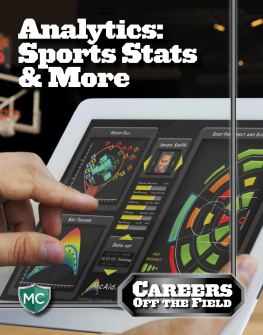

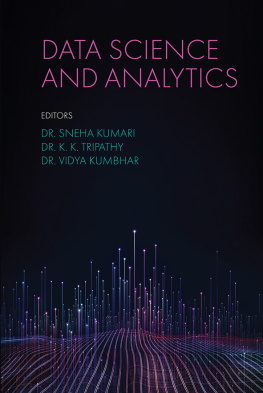
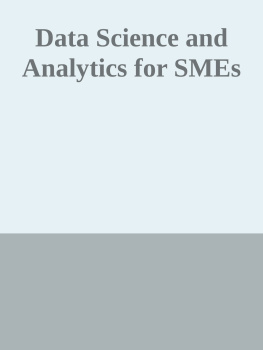
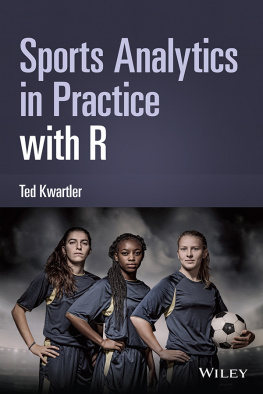
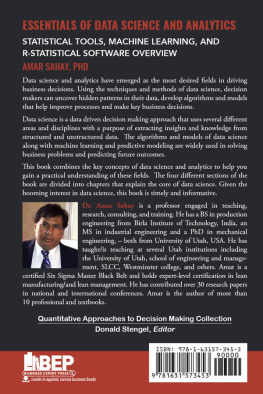

![Thomas W. Miller [Thomas W. Miller] - Modeling Techniques in Predictive Analytics with Python and R: A Guide to Data Science](/uploads/posts/book/119642/thumbs/thomas-w-miller-thomas-w-miller-modeling.jpg)
![Thomas W. Miller [Thomas W. Miller] - Web and Network Data Science: Modeling Techniques in Predictive Analytics](/uploads/posts/book/119619/thumbs/thomas-w-miller-thomas-w-miller-web-and.jpg)
![Thomas W. Miller [Thomas W. Miller] - Marketing Data Science: Modeling Techniques in Predictive Analytics with R and Python](/uploads/posts/book/119596/thumbs/thomas-w-miller-thomas-w-miller-marketing.jpg)


 Information search and selection. We begin by reviewing the research literature in the field, learning what others have done in the past. Then we search for relevant data sources and select sources for analysis and modeling.
Information search and selection. We begin by reviewing the research literature in the field, learning what others have done in the past. Then we search for relevant data sources and select sources for analysis and modeling.